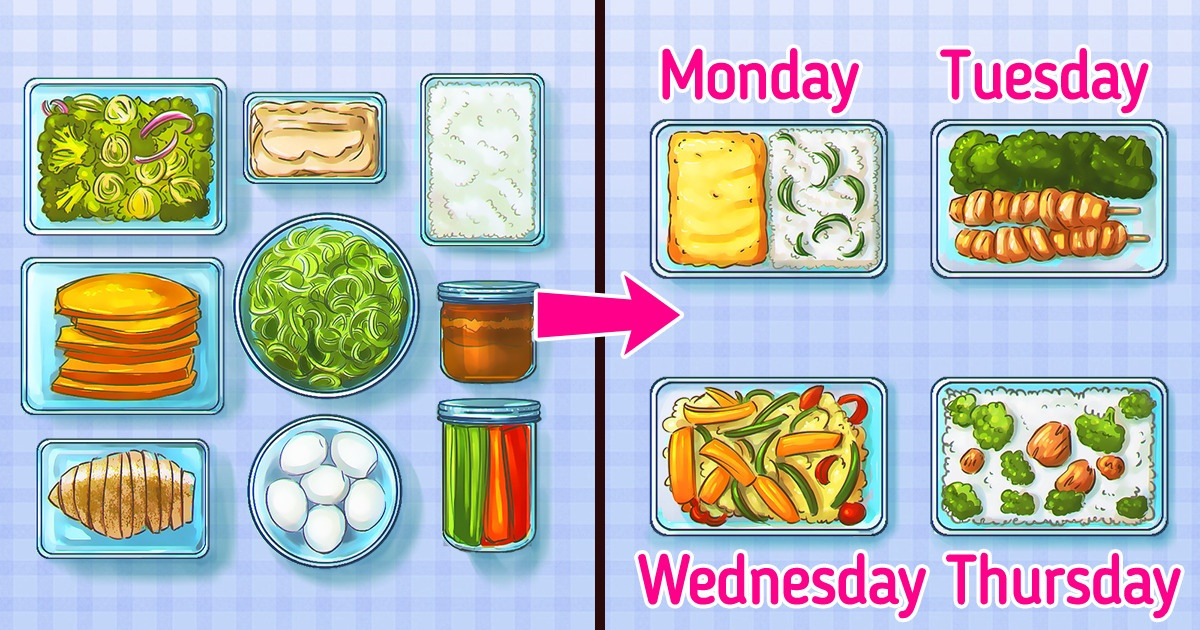
How to Do Meal Prep

Not everyone has time to cook. Some people don’t even enjoy doing it, but it’s a necessity. There’s an easy way to reduce how much time you spend on this activity while still eating homemade meals every single day. 5-Minute Crafts will show you how.
1. Planning your week ahead
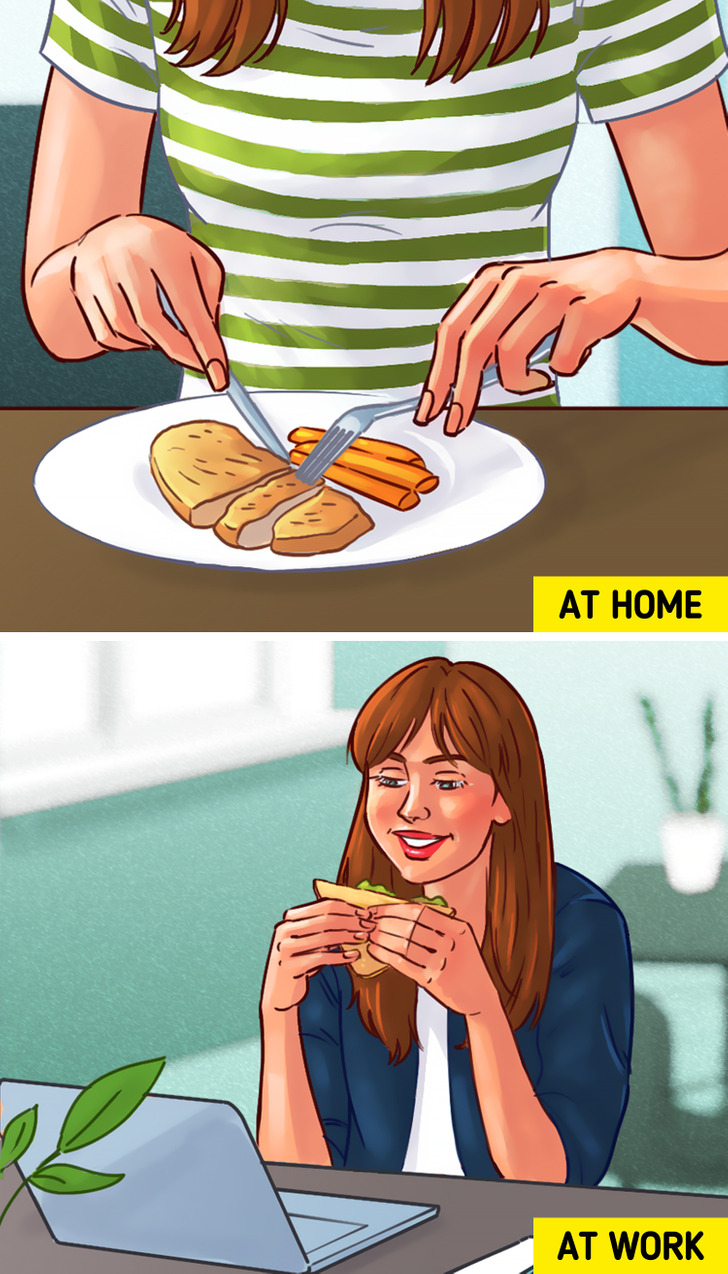
Ask yourself what you want to eat first. Then think about how often you might want to have a different meal. Take into account whether you’re a picky eater or not.
Next, consider the meals you’ll need to pack in advance and what you’ll be able to eat at home. It also helps to know if you’re going to have access to a fridge or a microwave. Knowing the answers to these questions will make your meal prep much easier.
2. Types of meal preparation
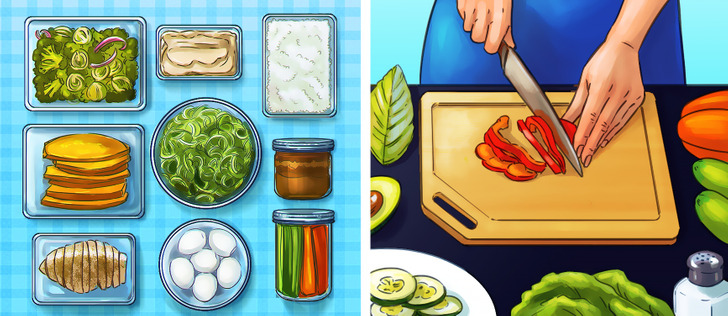
You could do make-ahead meals. This means you’d cook an entire meal, then freeze it or throw it in the fridge for later.
Batch cooking (or freezing) consists of making multiple meals, portioning, and storing them. This one is useful for easier recipes.
Ingredient prep is when you prepare individual parts of the recipes. For example, you could chop vegetables, mix spices, or even marinade in advance. It’ll save you time.
3. How to store
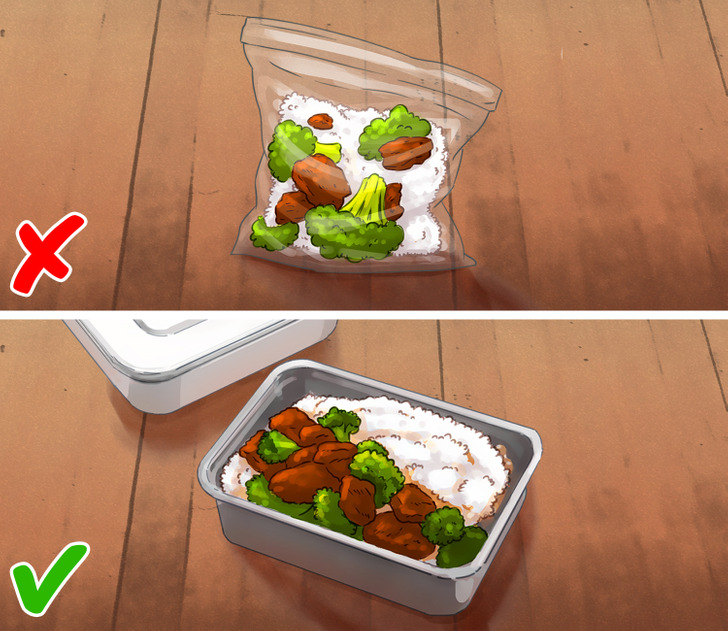
You’ll need proper storage to keep your food either warm or cold. Thermal or stainless steel containers are often used for their airtight capabilities. Glassware is also useful if you can make sure to handle it with care. All of these can be thrown in the dishwasher safely.
However, you should avoid reusable plastic containers and even plastic bags. These often contain estrogenic chemicals that can pass to your food and have negative health effects. If you heat them up in the microwave, the compounds from the plastic may also leak into your food.
4. Picking the right recipes
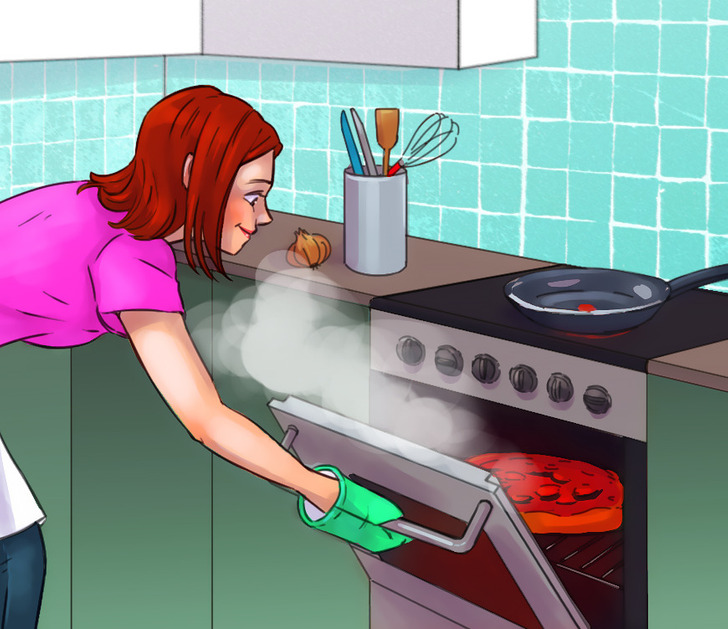
Try to stick with recipes that have different cooking methods. For example, don’t pick 2 meals to cook if they require the same appliance, otherwise, you’ll be limited in the number of dishes that you can prepare at the same time.
A good rule to follow when preparing food is one oven meal and 2 stovetop meals at most. This could be anything you like. You can also add meals that don’t require you to cook, like salads or sandwiches, for example.
5. Schedule ahead, and be consistent.
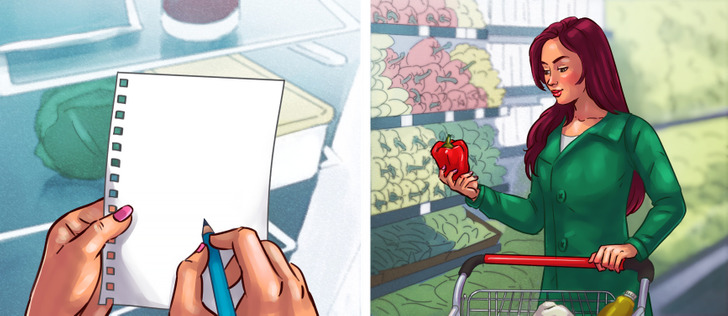
A good routine can be key to smooth meal prep. If you know when you’ll buy groceries and when you’ll cook, you can leave out the rest of the week to be cook-free.
Make a list of what you want to buy beforehand. It’ll reduce the chances of you having to go back to the grocery store because you forgot something.
When you’re cooking, start with the recipe that takes you the longest to finish. Then you can get to the rest of the meals.
6. Freezing your meals properly
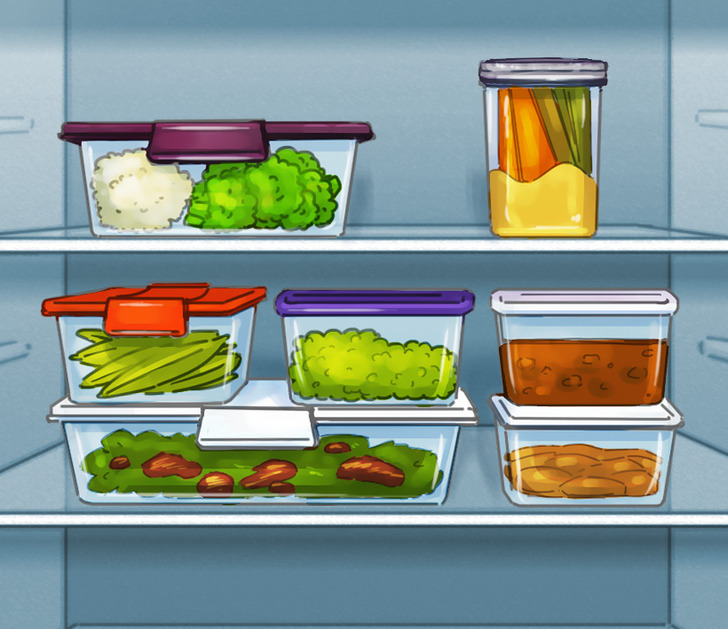
Divide your containers if you don’t want the flavors to be mixed. Don’t pack wet food with dry food either.
When storing your meals in the fridge, it’s important that its temperature is set at 40ºF (5ºC) or below, and your freezer at 0ºF (-18ºC) or below. Cool the meals quickly (2 hours after cooking or buying them).
How long your food might last
Frozen foods last longer than the ones you store in the fridge. For example, you’ll still be able to cook ground meat, even if you leave it there for 3-4 months. However, beef, veal, lamb, or pork will last a bit longer, anywhere from 4-6 months if they’re chops, but 6-12 months if they’re steaks. Lastly, chicken and turkey pieces will be good to go for about 9 months, and if they’re whole, 1 year.
Still on frozen food, if they’re cooked leftovers, they’ll stay edible anywhere in the time frame of 2-6 months. Soups and stews last a bit less, from 2-3 months.
When it comes to keeping food in the fridge, ground meat, poultry, and seafood can only stay there for about 1-2 days; and roasts, steaks, and chops, 3-4. Eggs still in the shell go up to 3-5 weeks, and finally, egg whites have an expectancy of 2-4 days.
7. Reheating your food
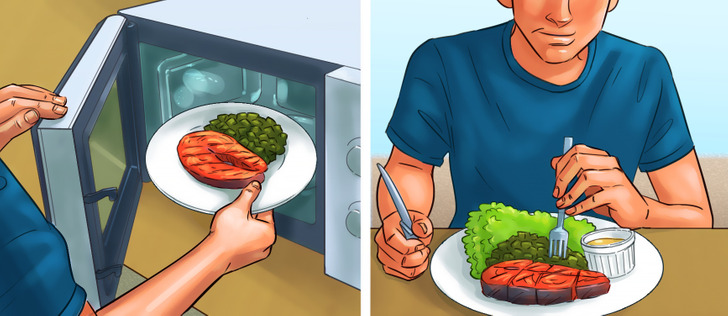
Try to only do this once. The more you reheat and cool down food, the higher the chances of you getting food poisoning become. Keep in mind that these foods should be reheated and eaten within just 24 hours of being defrosted. Heat the food at 165ºF (75ºC).